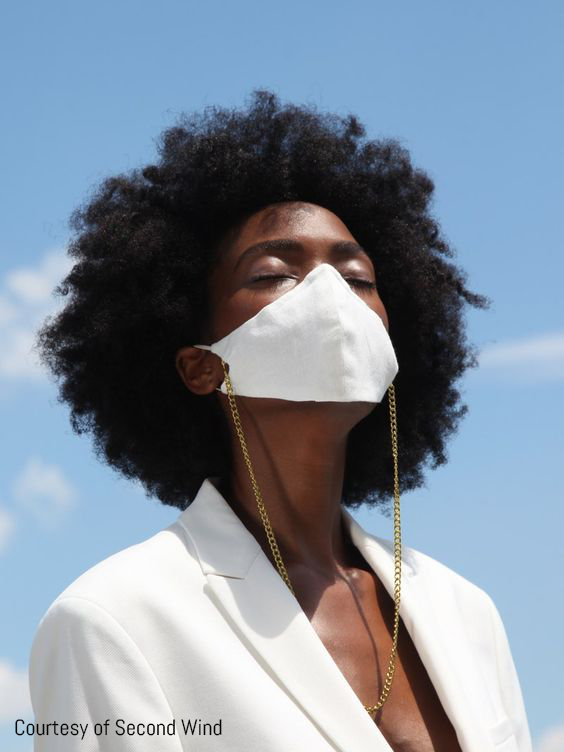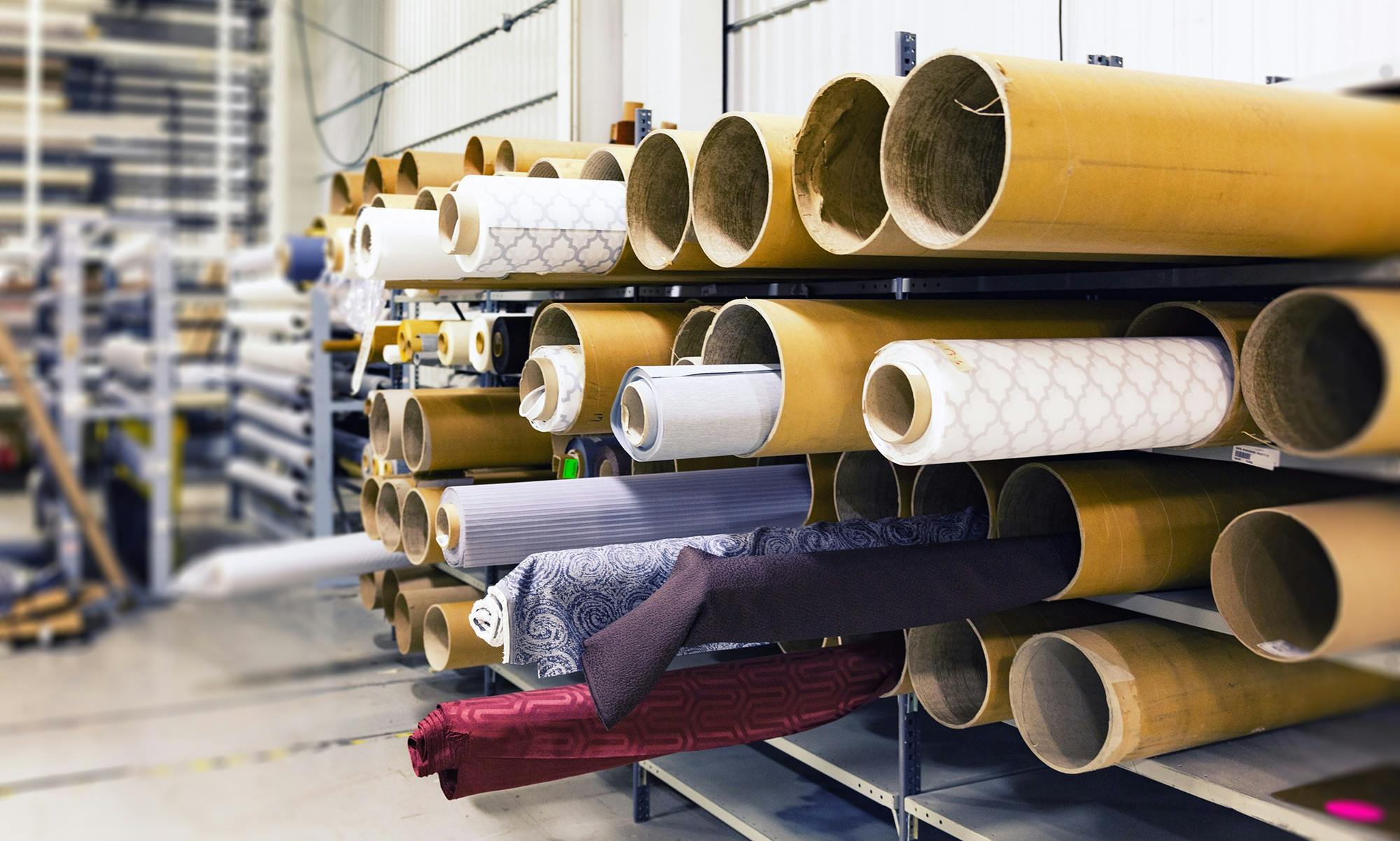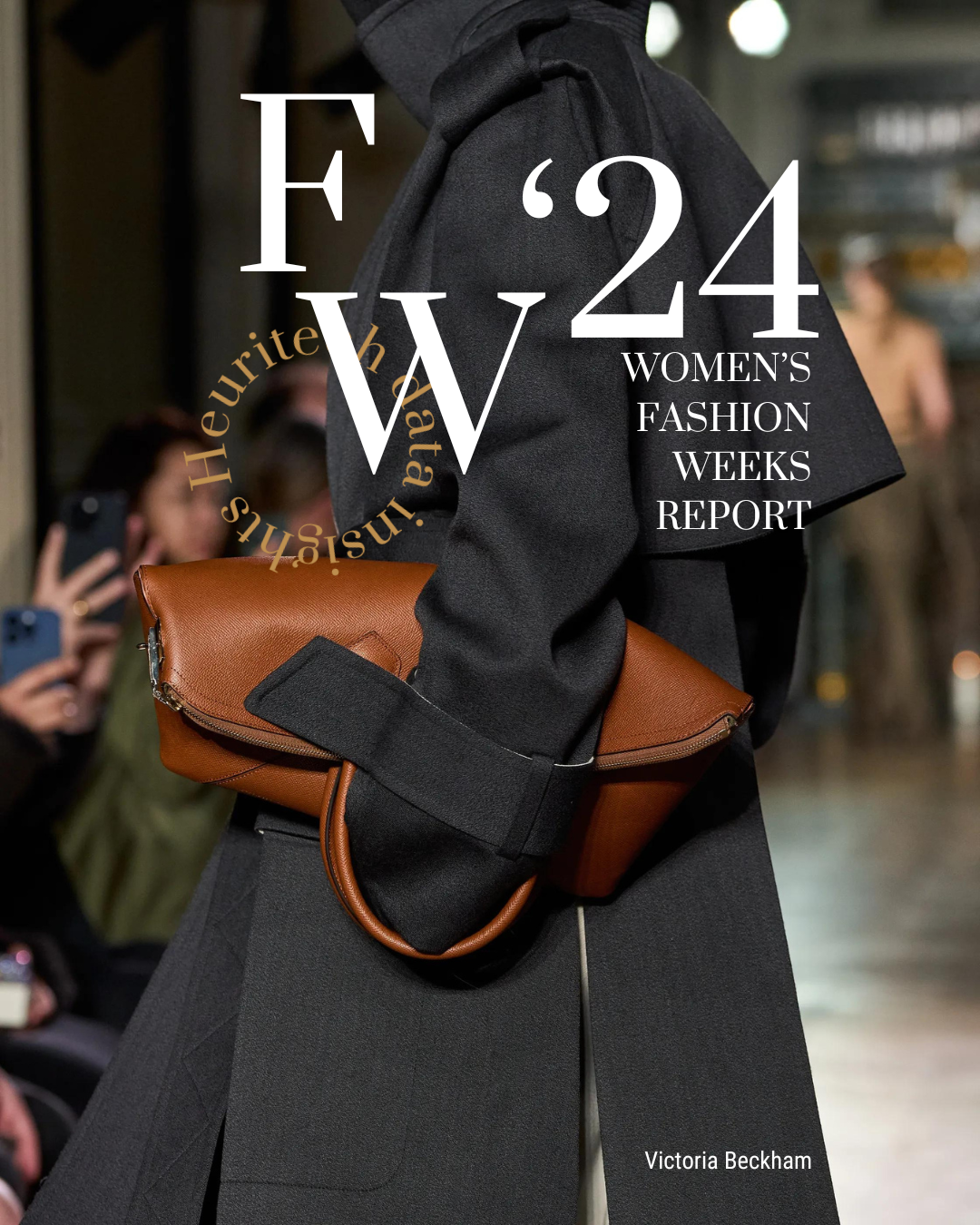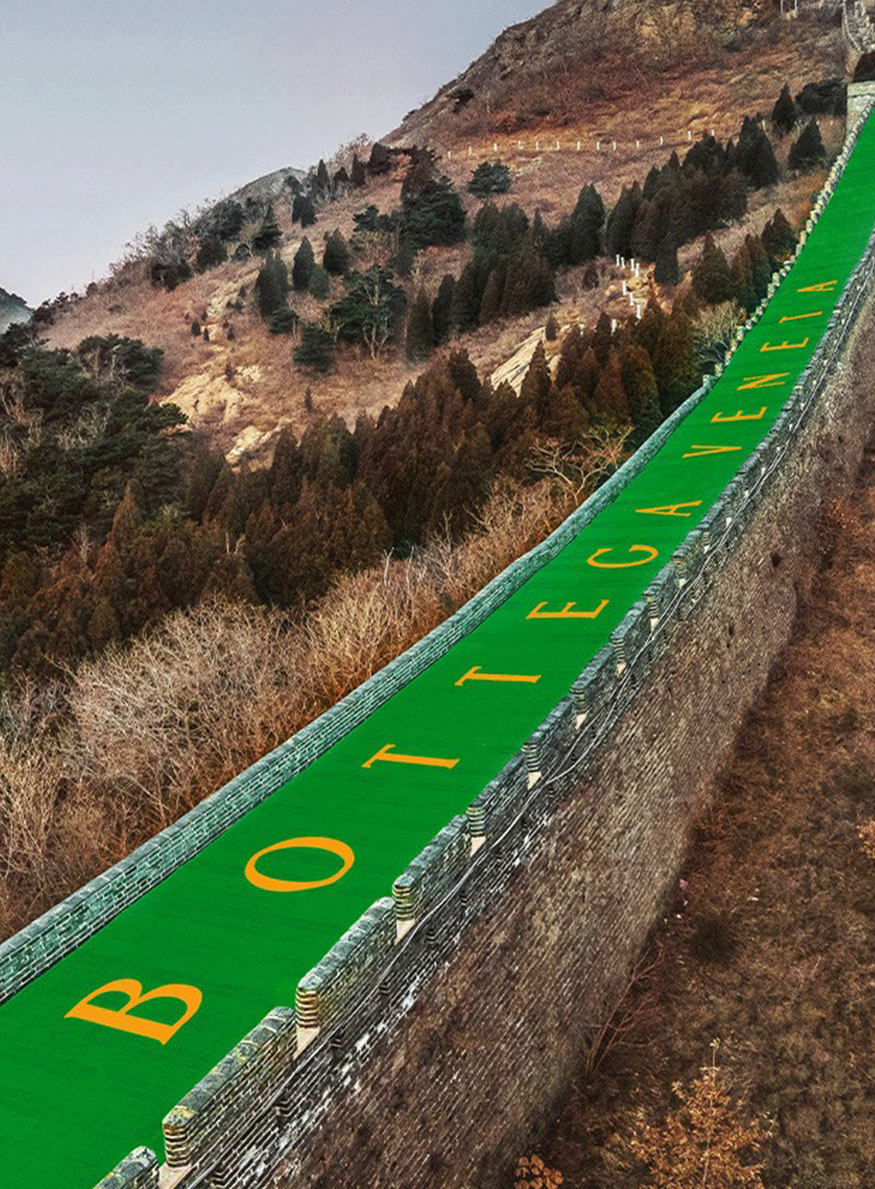Face masks have recently appeared at the forefront of fashion trends as a result of the Covid-19 pandemic. However, for different parts of the world, the adoption of this trend has developed at varying rates. In the West, it largely remains an accessory linked to medical professions, but the emergence of masks from major Western designers is changing this connotation. In contrast, masks have been a part of daily life in many Asian countries since far before the pandemic due to environmental and health reasons. The undeniable similarity, however, is that both Instagram and Weibo users have seen an increase in mask content since the arrival of Covid-19. Using image recognition technology, Heuritech endeavored to find out more about the spread of masks on social media, allowing the comparison of different behavior patterns depending on the typology and geography of Instagram and Weibo users.
So the question is: Will face masks become a fashion accessory in their own right, and will there continue to be differences between geographies?
How popular are face masks in different geographies?
Strongly represented in popular culture, especially in Japan, face masks are often synonymous with collective protection and civic duty. Far from hampering social relations and interactions, masks are worn for even the slightest cold without attracting any particular attention. Conversely, Western cultures are more disturbed by the wearing of the mask, which is considered to be a hindrance with the concealing quality being perceived as an obstacle to communication.
Logically, Asia remains the top geography for mask popularity according to Heuritech data. Even before Covid-19, the typical Japanese consumer used an average of 43 masks per year. Face masks are common in China and South Korea as well, and are considered an important protective barrier in heavily polluted cities. From mid-March to mid-May in China and Japan, the share of posts with masks represents around 4% of all posts with a human for these geographies, which is two times higher than in Europe. In the US, mask visibility sits at 2.8% of all posts featuring a person.
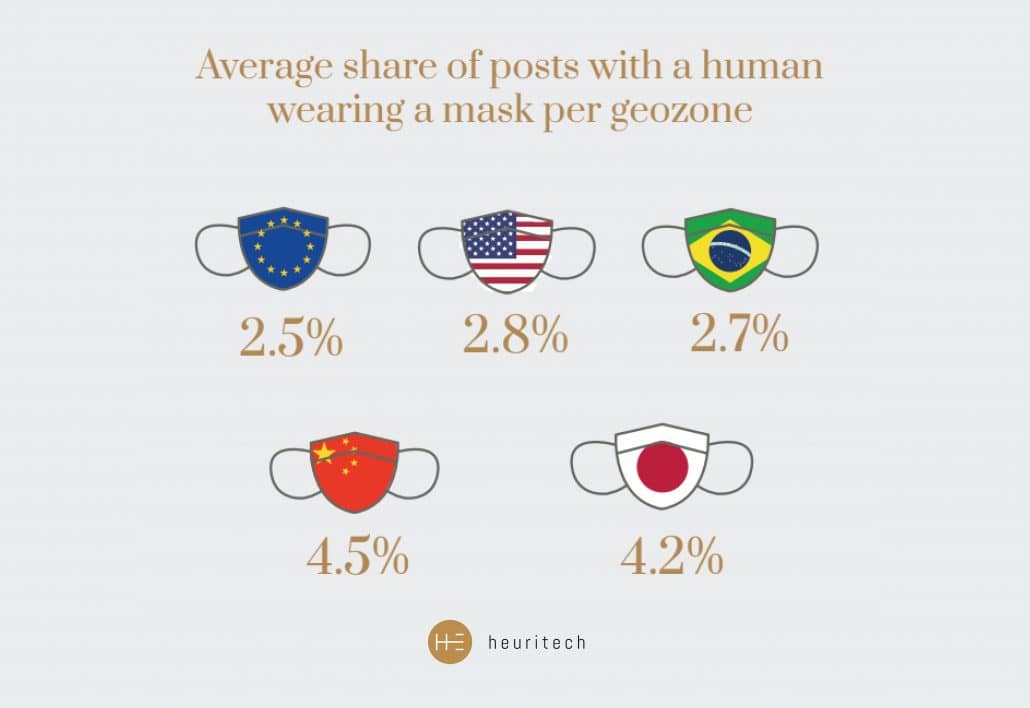
Since the mask is much newer in the West than in China or Japan, during the period of January to mid-May 2020, the share of posts featuring a human wearing a mask on Weibo was significantly higher than on Instagram. Nonetheless, the share of posts on Weibo with a human wearing a mask spiked in mid-January before stabilizing, while the share of Instagram posts didn’t peak until mid-March. Since then, this type of Instagram content has grown by 2.7 times.
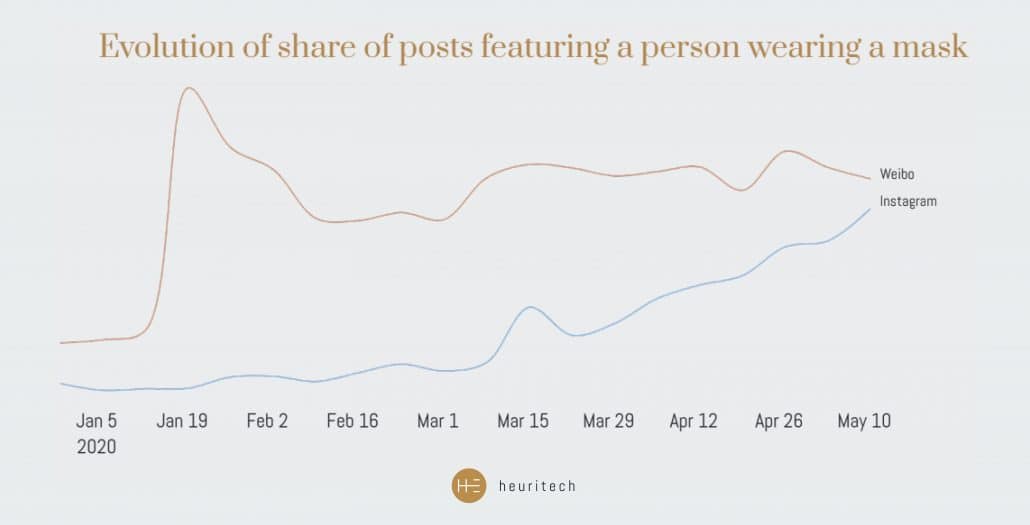
What kind of social media users are posting face mask content most frequently?
Since the start of the pandemic, different types of influencers on Instagram have adapted their content to the times, in part motivated by the desire to set an example for others to follow the approved safety measures in each country.
Interestingly enough, less-followed influencers are more likely to post face mask content. Why? Because their posts tend to be more representative of daily life than others, like wearing a mask to the supermarket or in public transport. Amongst influencers with less than 1,000 followers, 2.5% of them posted face mask content between mid-March and mid-May 2020. Influencers with tens of thousands of followers, on the other hand, tend to be more picky in what they choose to post. Those with over 10,000 followers sit at about 1.5%, considerably less than their smaller counterparts.
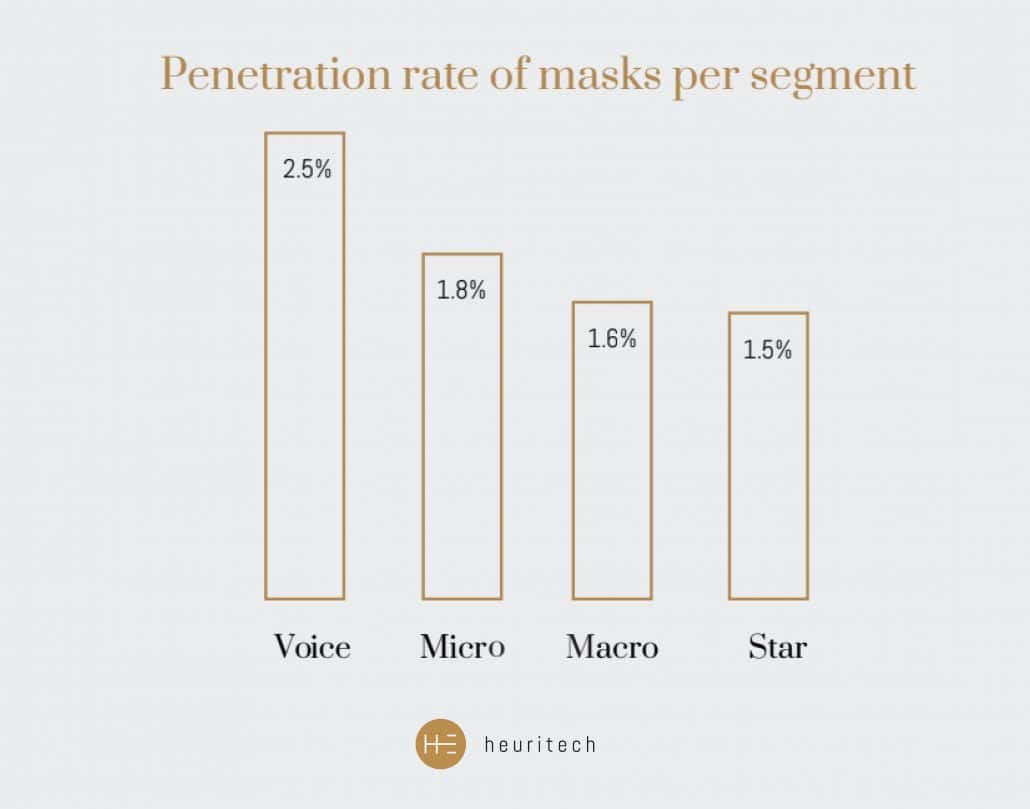
Have face masks become a new fashion trend?
While some brands have remained mute on the accessory, many have gone into production for face masks at varying styles and prices. Some have even planned to incorporate masks in their next collections. Certain voices inside and outside of the fashion industry have already expressed some hesitation regarding fashion brands affixing logos on an essential good. However, it seems that the fashion industry has gone beyond and internalized the mask as a new social accessory.
Perhaps the fashion industry should have seen this trend coming – at the Grammy Awards earlier this year, Billie Eilish wore a Gucci face mask on the red carpet, pleasing fashion critics. Moreover, during this year’s Fall/Winter 2020 Fashion Month, Marine Serre led the pack with her avant-garde N95-esque mask, which happens to be sold out on most e-commerce websites. Brands of similar calibers including Celine and Off-White also featured masks in their collections.

In response to Covid-19, less high-street brands including Urban Outfitters, Prabal Gurung, Rag & Bone, Rowing Blazers, Lacoste, and many others, have begun cloth masks in varying patterns and styles.
There are also brands who have created face masks beyond the purposes of safety and accessorizing an outfit. Sportswear brand Under Armour has released a mask specifically for exercise, called the UA SPORTSMASK. The mask is water-resistant for all types of exercise, and the design allows the wearer to breathe more easily compared to a typical mask. Patrik Frisk, CEO of Under Armour, stated in an interview, “We specifically designed this mask for athletes and for all of us who want to exercise and train while also keeping ourselves, and those around us, safe.”
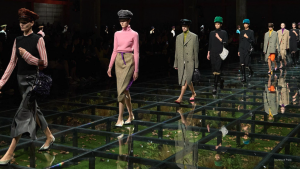
The future of face masks
While it may be too early to know the future for sure, masks are certainly at the center of fashion for the moment. This accessory has been common in many Asian countries for some time now for social and health reasons, but for the West, it’s still quite new. On both sides of the world, though, those who post their masks more often on social media are those with fewer followers, largely because these influencers are more reflective of daily life for the majority of people. Designers have caught on to this wave, as well, from the high street all the way to sportswear. Whether you’re a designer, an influencer, or neither-nor, social media is a useful way to gauge the popularity of face masks and the micro-trends among them.
